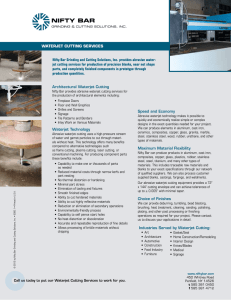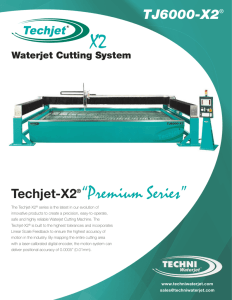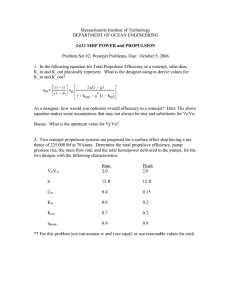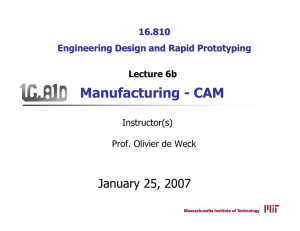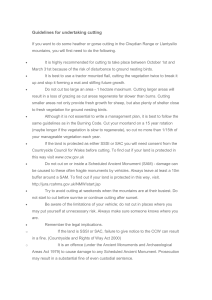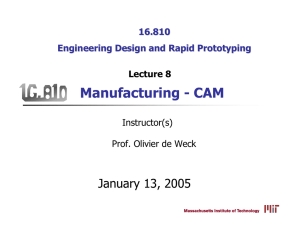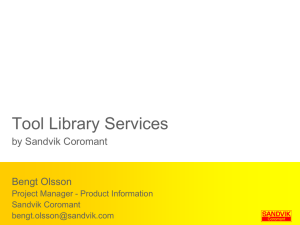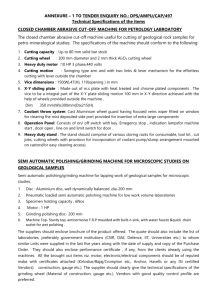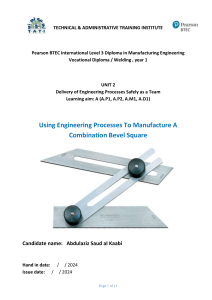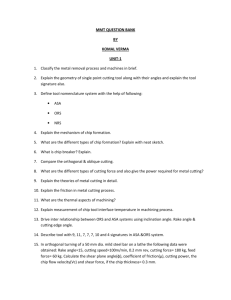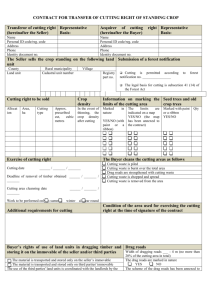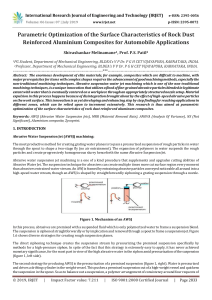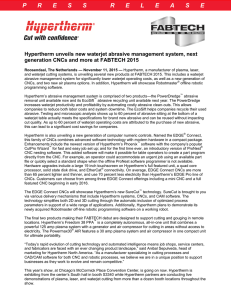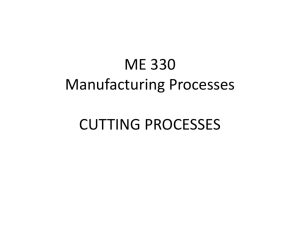doc
advertisement
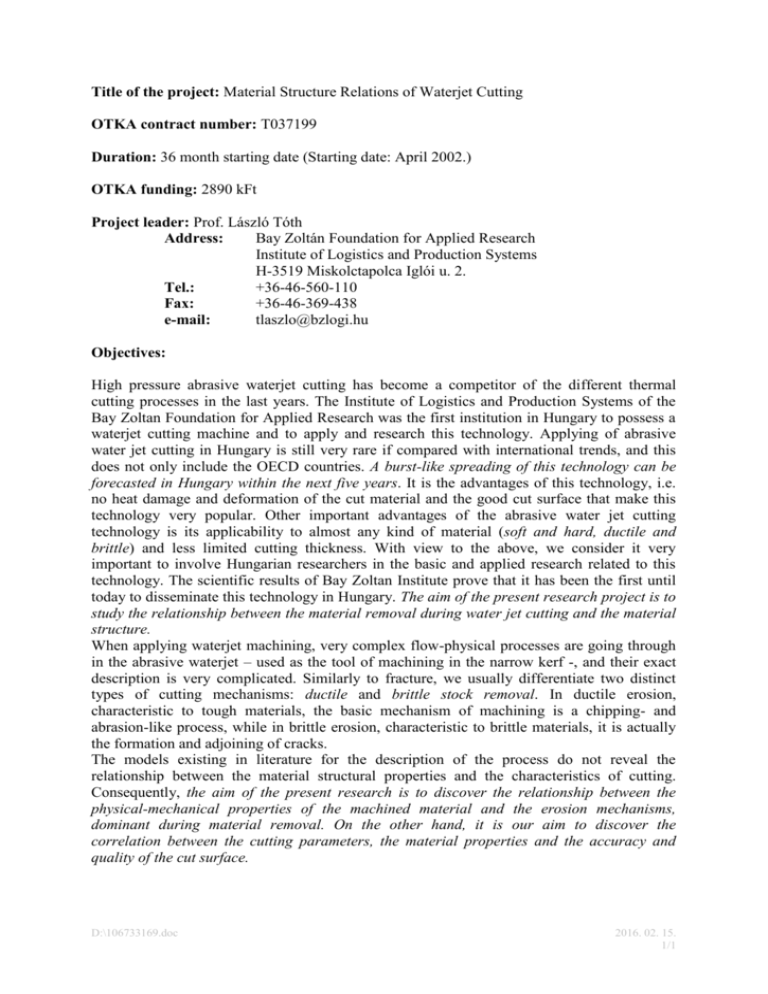
Title of the project: Material Structure Relations of Waterjet Cutting OTKA contract number: T037199 Duration: 36 month starting date (Starting date: April 2002.) OTKA funding: 2890 kFt Project leader: Prof. László Tóth Address: Bay Zoltán Foundation for Applied Research Institute of Logistics and Production Systems H-3519 Miskolctapolca Iglói u. 2. Tel.: +36-46-560-110 Fax: +36-46-369-438 e-mail: tlaszlo@bzlogi.hu Objectives: High pressure abrasive waterjet cutting has become a competitor of the different thermal cutting processes in the last years. The Institute of Logistics and Production Systems of the Bay Zoltan Foundation for Applied Research was the first institution in Hungary to possess a waterjet cutting machine and to apply and research this technology. Applying of abrasive water jet cutting in Hungary is still very rare if compared with international trends, and this does not only include the OECD countries. A burst-like spreading of this technology can be forecasted in Hungary within the next five years. It is the advantages of this technology, i.e. no heat damage and deformation of the cut material and the good cut surface that make this technology very popular. Other important advantages of the abrasive water jet cutting technology is its applicability to almost any kind of material (soft and hard, ductile and brittle) and less limited cutting thickness. With view to the above, we consider it very important to involve Hungarian researchers in the basic and applied research related to this technology. The scientific results of Bay Zoltan Institute prove that it has been the first until today to disseminate this technology in Hungary. The aim of the present research project is to study the relationship between the material removal during water jet cutting and the material structure. When applying waterjet machining, very complex flow-physical processes are going through in the abrasive waterjet – used as the tool of machining in the narrow kerf -, and their exact description is very complicated. Similarly to fracture, we usually differentiate two distinct types of cutting mechanisms: ductile and brittle stock removal. In ductile erosion, characteristic to tough materials, the basic mechanism of machining is a chipping- and abrasion-like process, while in brittle erosion, characteristic to brittle materials, it is actually the formation and adjoining of cracks. The models existing in literature for the description of the process do not reveal the relationship between the material structural properties and the characteristics of cutting. Consequently, the aim of the present research is to discover the relationship between the physical-mechanical properties of the machined material and the erosion mechanisms, dominant during material removal. On the other hand, it is our aim to discover the correlation between the cutting parameters, the material properties and the accuracy and quality of the cut surface. D:\106733169.doc 2016. 02. 15. 1/1

